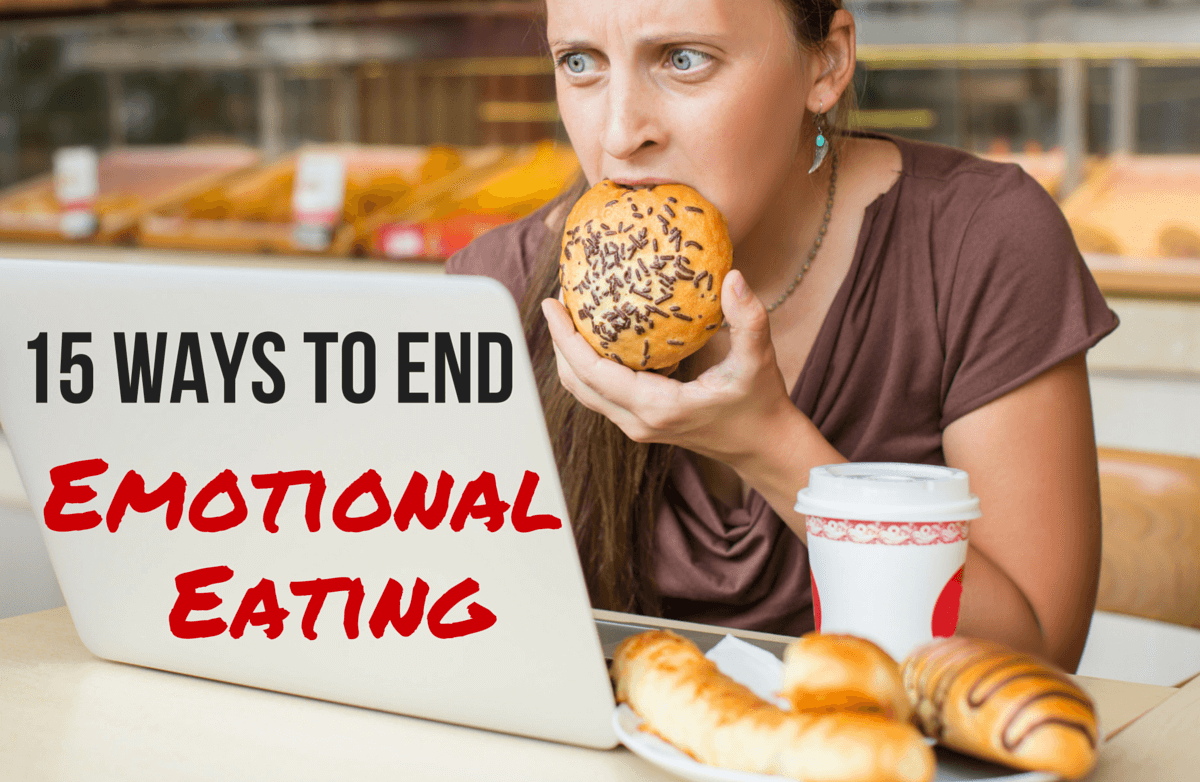We all know the reasons we should eat: to fuel our bodies, stay healthy, and get the nutrients we need like vitamins, minerals, and healthy fats.
But let’s be honest—sometimes we eat for other reasons too. We might be celebrating, bored, stressed, or just looking for comfort. Emotional eating is common, especially in a culture where big portions are the norm and food is always within reach.
The good news? You can build habits that help you feel more in control while still enjoying your food. Start small. Pick a few strategies that feel doable now. Over time, they’ll become second nature and lead to lasting change.
Smart Strategies for Everyday Eating
Understand Portion Sizes
Visual cues make portion control easier:
A golf ball = serving of nuts or cheese
A deck of cards = 3 oz. of meat
A die = one serving of oils
A tennis ball = a serving of fruit or vegetables
A computer mouse = a serving of cooked grains or potatoes
Divide Your Plate
Fill half with fruits and vegetables, one-quarter with protein, and one-quarter with starches. Still hungry? Go back for more veggies.
Drink Water First
Water helps control appetite and keeps you hydrated. Try drinking a glass before and during meals.
Choose Fiber-Rich Foods
Fruits, vegetables, and whole grains keep you fuller longer and support better digestion.
Lean on Support
Having people around who encourage your healthy habits can make all the difference. When temptation hits, reach out to someone who gets it.
Tips for Home
Stock Smart
Pre-cut or frozen veggies are convenient and help with portion control.
Be Mindful While Cooking
If you tend to snack while cooking, try chewing gum. It brings awareness to those extra bites.
Make Fruit Your Dessert
Fresh fruit satisfies your sweet tooth and adds nutrients. Try something new for variety.
Keep Your Hands Busy
Many of us snack out of habit, especially while watching TV. Do something else with your hands—like doodling, folding laundry, or stretching.
Try a Distraction First
Before reaching for a snack, drink water, or take a quick walk. You may not be hungry—just looking for a break.
Buy Smart Snacks
If you have trouble stopping at one serving, buy single-serving packages. It helps limit temptation.
Create House Rules
Set boundaries like no eating in front of the TV or while driving. It reduces mindless snacking.
Dining Out Smarter
Split It Up
Share your meal or ask for half to be boxed before it’s served.
Order Smaller Portions
Choose sides or lunch portions instead of full entrées. Many restaurants offer lighter options.
Plan Ahead
Look up the menu in advance and decide before you go. You’ll be less tempted in the moment.
Ask for What You Need
Request steamed instead of fried, sauces on the side, or extra veggies. Restaurants are usually happy to adjust.
Stop the Nibbling
When you're finished, cover your plate or set your utensils aside. It helps prevent mindless picking.
Bottom Line
You don’t need to be perfect—just consistent. With a few small changes, you can build habits that support your health and make you feel good long-term.













